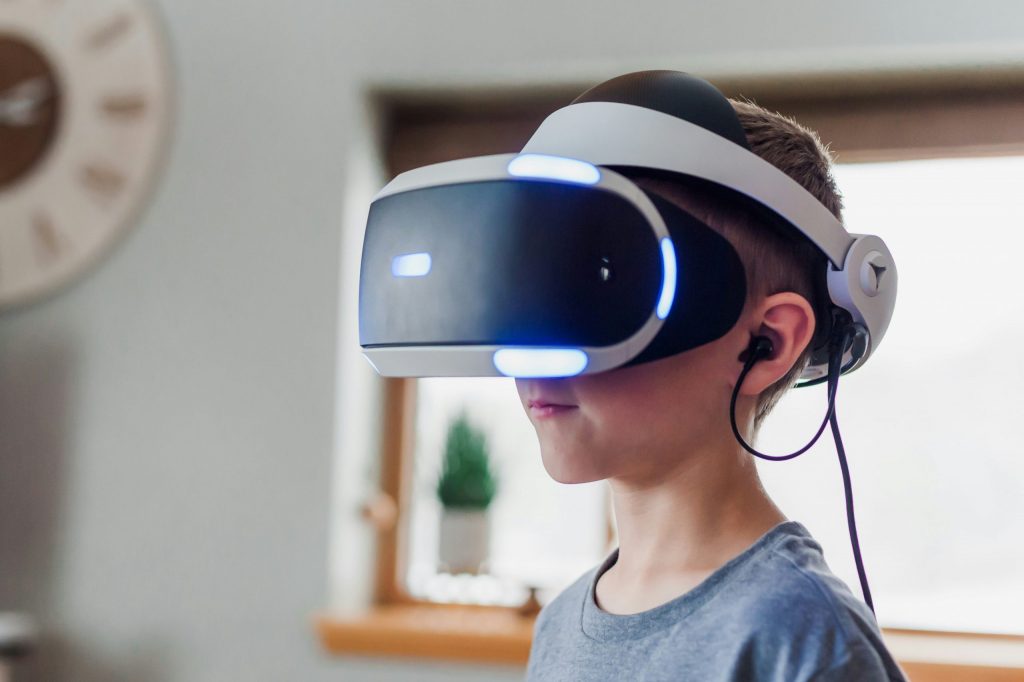Use Case #2: Augmented leARning

Educational resources in technical and scientific fields frequently involve physical or mathematical models that necessitate collaborative handling. Augmented Reality (AR) is a widely recognised powerful educational tool able to recreate virtual training cases in real circumstances.
AR tools provide a powerful means for creating collaborative learning environments by enabling the visualization of shared model elements overlaid onto the physical classroom. With advanced connectivity, AR headsets can seamlessly adapt to various educational settings, enhancing flexibility and engagement in learning experiences.
The 5G-CRESCA project will initiate the development of an Augmented LeARning UC, focusing on Computer Science & Engineering, Architecture, and Chemistry. This UC aims to create an AR platform that hosts learning and training content to enhance education. While initially targeting these scientific domains, the platform is designed to expand, incorporating additional disciplines to offer advanced academic courses across a broader range of fields.
This AR-based Augmented leARning solution already has a high Technology Readiness Level (TRL) reaching level 7 and will be based on an architectural solution with a TRL9.
The AR Learning Solution will have a significant impact on:
- Student engagement and interest: AR technologies can allow them to add to curriculum content, create virtual worlds, and explore new interests.
- Learning environment: Classes that incorporate AR can help students become more involved. An interactive learning environment provides opportunities to implement hands-on learning approaches that can increase engagement, enhance the learning experience, and get students to learn and practice new skills.
- Content understanding: Many professors hesitate to use AR in education due to the limited availability of high-quality, educational-focused content, as most existing AR materials prioritize entertainment. However, this solution empowers teachers to create their own immersive learning experiences, ensuring students better understand the curriculum.
- Collaboration and engagement: As AR content is digital, it is easily shared. For example, a group of teachers can work with their students to continually refine the content. A collaborative learning environment provides students with increased motivation to learn because they are actively engaged in the educational content creation process.
- Memory: AR is an excellent tool for bringing lessons to life and helping students remember essential details. For example, instead of just presenting photographs on a projector showcasing a medical case, a professor can use AR technology to create memorable interactive lectures.
